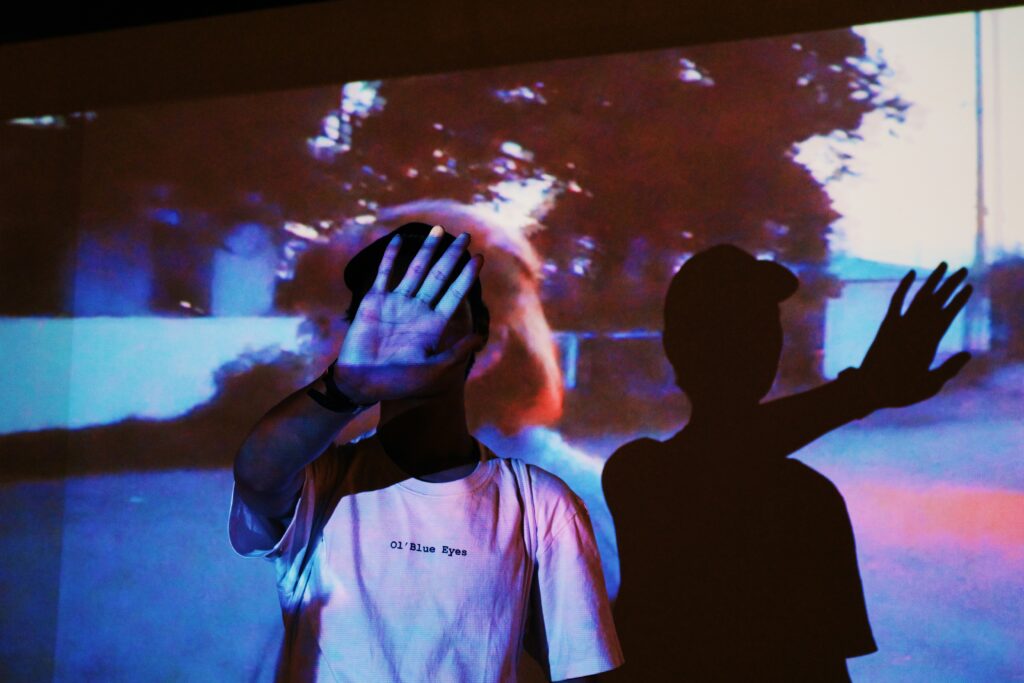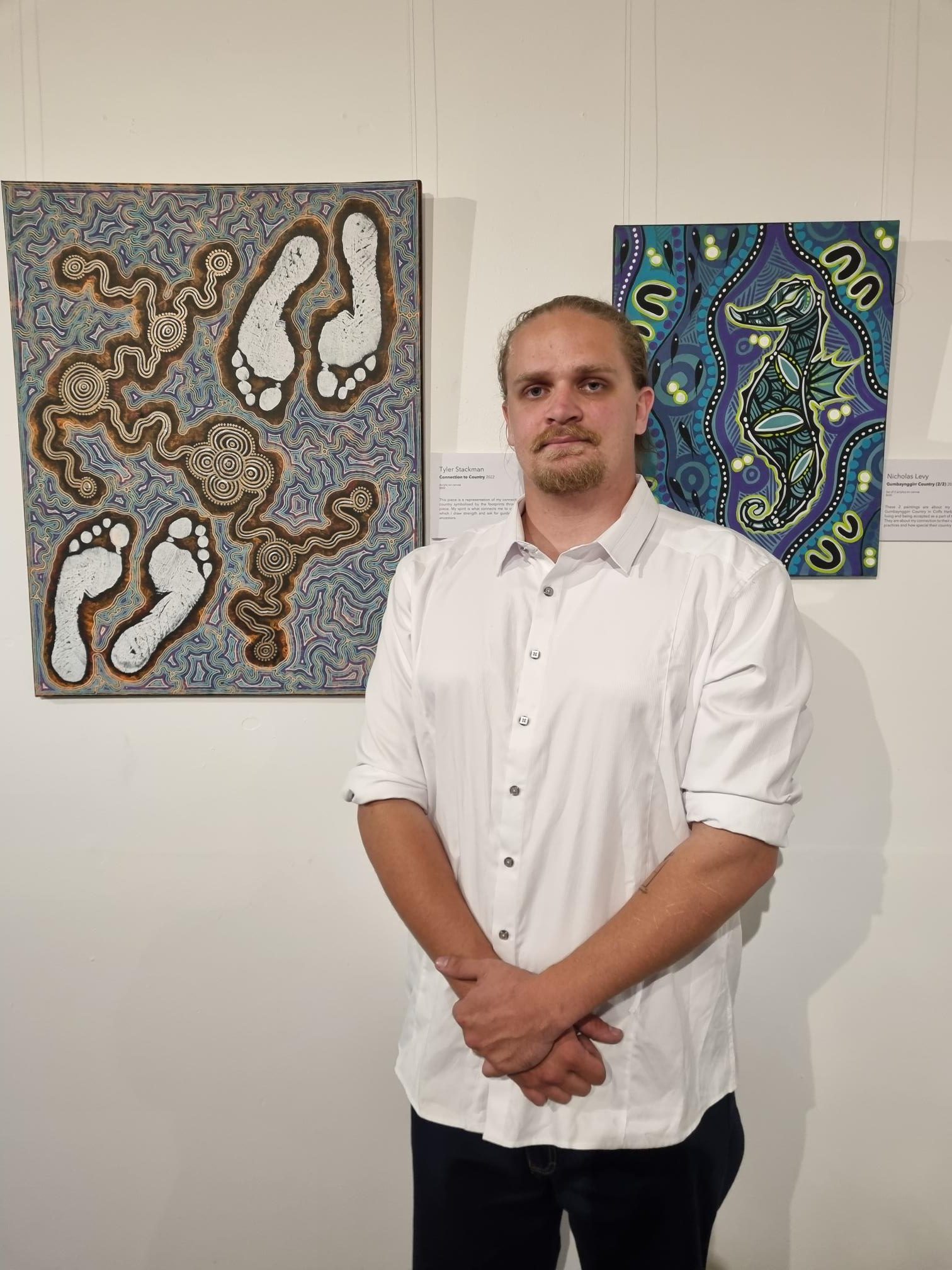P.D. Casely-Hayford: Getting your public commission contract right


P.D. Casely-Hayford is an experimental filmmaker, visual sound and performance artist. One of her most recent experimental films Confidential Despatch was officially selected for the 2014 International Black Women’s Film Festival in San Francisco, U.S.A. She is currently completing a PhD that focuses on experimental film, moving image, visual culture and legacy at Queensland University of Technology’s Creative Industries Faculty.
In 2010, P.D. Casely-Hayford was one of several artists commissioned by the Sunshine Coast Council to create a visual installation artwork to be digitally projected onto the screens of a council-owned transit centre. These screens were visible from the outside of the building for public viewing in the courtyards. P.D. Casely-Hayford’s digital projection artwork entitled Cultural Remix: Sharing the Sacred focused on the historic and current diversity of cultural expressions found in the local community. Her preliminary research involved photographing, filming and interviewing people, and recording sound bites from members of the community.
Following discussions, the Council gave P.D. Casely-Hayford a contract in respect of the commissioned work. She wanted a lawyer to look over the contract to ensure she was getting a fair deal and in particular to help her better understand her intellectual property rights in the installation.
Arts Law referred her to Harold Littler of McKays Solicitors. Harold was kind enough to review the agreement on very short notice, as the devastating 2011 Queensland floods had prevented her from getting in touch with Arts Law until only a few days before she had to sign it. Harold advised her that the contract was designed for a commissioned work of sculpture and was inappropriate for the production of digital projection work. The agreement didn’t adequately outline what was required of her in terms of the technical requirements for the digital projection, and the payment structure and public liability insurance requirements were unsuitable. Harold suggested that she draw up a brief of what she expected to do to complete the project and to present the brief to the Council to incorporate in the final contract. P.D. Casely-Hayford was extremely grateful for Harold’s advice and engaged in further negotiations with the Council to create a more comprehensive and fair agreement that addressed both her needs and those of the Council.
Artists and also arts organisations should be wary of using a ‘one size fits all’ template. A contract that works well for one type of art medium may not work so well for another. Sculptures and digital art projections raise quite different issues and contracts need to be adjusted accordingly. Contracts for commissioned works should outline clearly what work is required of the artist and the payment structure upon completion of the work. In this case, legal advice obtained by one party ultimately helped both parties come to an agreement that set out clearly what they wanted to achieve.
“Arts Law is an invaluable asset for creative practitioners. I appreciate the professional and dedicated people who guide artists through the labyrinth of legalities and proprieties involved in professional artistic practice” P.D. Casely-Hayford 2015.
Further Resources from Arts Law
- Public Art: Design and Commission Agreement
- Visual Artists and the Law eBook
- Contracts: Getting it write/right information sheet
- Contracts: A glossary of jargon information sheet
- A Cancelled Commission Case Study
- Public Art Guidelines for Artists and Commissioners article
- Public Artworks article



